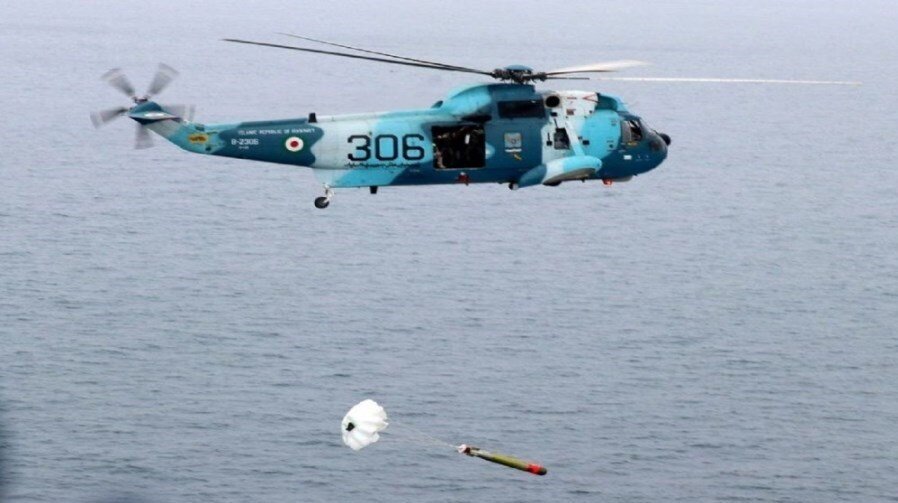Army's 212 helicopters equipped with sonar technology and Qaem 114 missiles

TEHRAN- The Iranian Army Navy's 212 helicopters have been outfitted with sonar and Qaem 114 missiles, as reported by Tasnim on Monday.
This upgrade was showcased during the Ministry of Defense exhibition, highlighting advancements in maritime technology, including enhancements to the Iranian Navy's helicopter fleet.
The incorporation of sonar technology enables the helicopters to detect submarines and engage surface vessels effectively.
Sonar, an acronym for sound navigation and ranging, utilizes sound waves to navigate, communicate, and detect objects underwater.
There are two types of sonar technology: passive sonar, which involves listening for vessel sounds, and active sonar, which emits sound pulses and listens for echoes. Sonar serves various purposes, including acoustic location and measurement of underwater targets' echo characteristics.
Historically, sonar's origins trace back to 1490 with Leonardo da Vinci, and its development accelerated during World War I to counter submarine threats. The British and French pioneered early underwater listening devices, leading to the advancement of sonar technology over time.
Additionally, the Iranian Navy's aviation fleet includes SH-3 anti-submarine helicopters, capable of detecting and engaging submarines with Mark 46 torpedoes.
Furthermore, the 212 helicopters now feature Qaem 114 vertical missiles and an electro-optical system for day and night vessel detection and targeting. These missiles, with three optical guidance methods, offer a range of 2 to 12 kilometers and weigh 50 kilograms.
The integration of Qaem 114 missiles enhances the Navy's capability to support amphibious operations, aiding in coastal capture and countering small enemy vessels and pirate boats in regions like the Gulf of Aden.
Leave a Comment